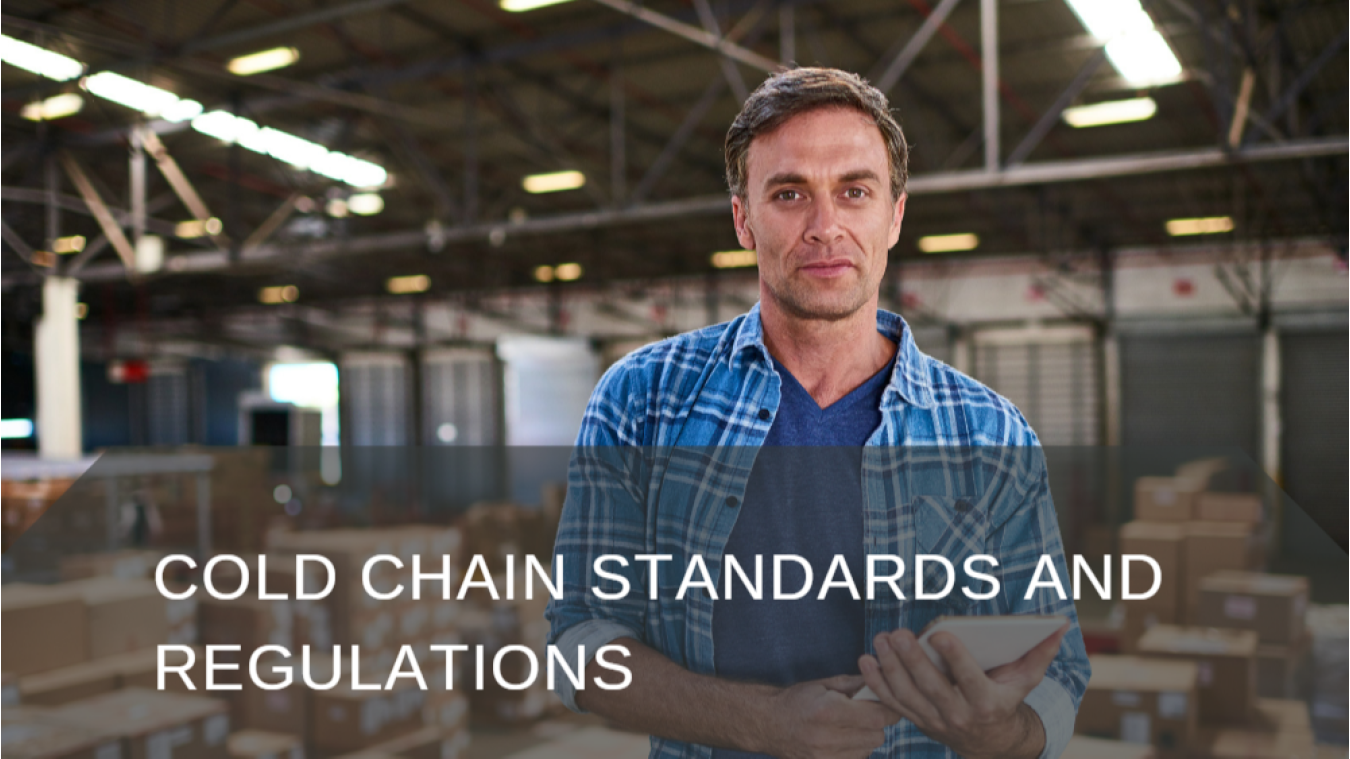
Since cold chains deal with very delicate and sometimes vitally important goods, there are multiple regulations and requirements set by various government institutions to ensure safe storage and shipping. Standards are established in relation to temperatures, timing, packaging, supporting documentation, and much more. We’ll only list the main regulators.
Additionally, IATA’s Temperature Control Regulations (TCR) were set apart as a standalone publication to ensure safe air shipping of pharmaceuticals. TCR requires special Time and Temperature Sensitive Labels to be used. Also, since 2013, aircraft operators and ground-handling agents must verify their compliance according to IATA’s Standard Acceptance Checklist.
Other regulating bodies like the European Parliament, US Customs, the Transportation Security Administration (TSA), or the Department of Transportation (DOT) also have their requirements, but they concern usual supply chains as well. Besides that, each country has its own regulations.
Worth mentioning separately is the Global Cold Chain Alliance (GCCA). GCCA unites 1,100 cold chain logistics service providers in 85 countries and its mission is to build a universally strong and safe cold chain. Together with its core partners, GCCA develops best practices and guidelines, provides advisory services to governments and organizations, conducts assessments and research, and serves as a universal voice of the cold chain industry.
Both shippers and 3PLs/carriers encounter lots of complexities at each stage of the cold chain process. So, it’s not uncommon to outsource at least part of the job to third-party cold service providers.
Shippers can definitely use the services of such major carriers as FedEx or UPS to transport their perishables, but specialized companies have developed a niche logistical expertise that allows them to professionally handle temperature-sensitive products for their clients. But where to find a reliable partner?
Shippers are ready to pay for secure cold storage and transportation to prolong the product shelf life and satisfy customer demand. However, carriers and 3PL companies face multiple challenges that make cold chains a tough business.
Creating and maintaining infrastructure. The 26th Annual Third-Party Logistics Study released in September 2021 revealed that the majority of 3PLs reported investing in a cold chain infrastructure and maintaining it, and temperature monitoring as their main issues. To meet shippers’ requirements, 3PLs are forced to have a range of different equipment from coolers to deep-freezers and invest in new technologies.
Proper handling. According to the same study, proper handling was the biggest challenge for shippers. To ensure product quality, certain sanitation, packaging, cleaning, sorting, and other practices must be implemented.
Regulatory compliance. Multiple regulations keep all supply chain participants on their toes and make them invest in modernization to comply, especially in the aspects of goods traceability and visibility. Plus, temperature records must be documented and stored correctly.
Other industry problems range from insufficient specialists to high spend on electricity. But despite all the issues, 91 percent of shippers and all 3PLs who took part in the research expect an increase in demand for cold chain capacity over the next three years. Intelligent businesses realize the importance of modernization and investment since it’s already clear that the future of cold chains is behind innovative technologies.
Thank you information and photos from AMA Cold Chain Logistics Solution
Related Blogs: Cold Chain Logistics: How to Handle Temperature-Sensitive Goods, Cold Chain Logistics Use Cases, Cold Chain Digital Technology, International Commercial Terms 2020
Reference: https://www.altexsoft.com/blog/cold-chain-logistics